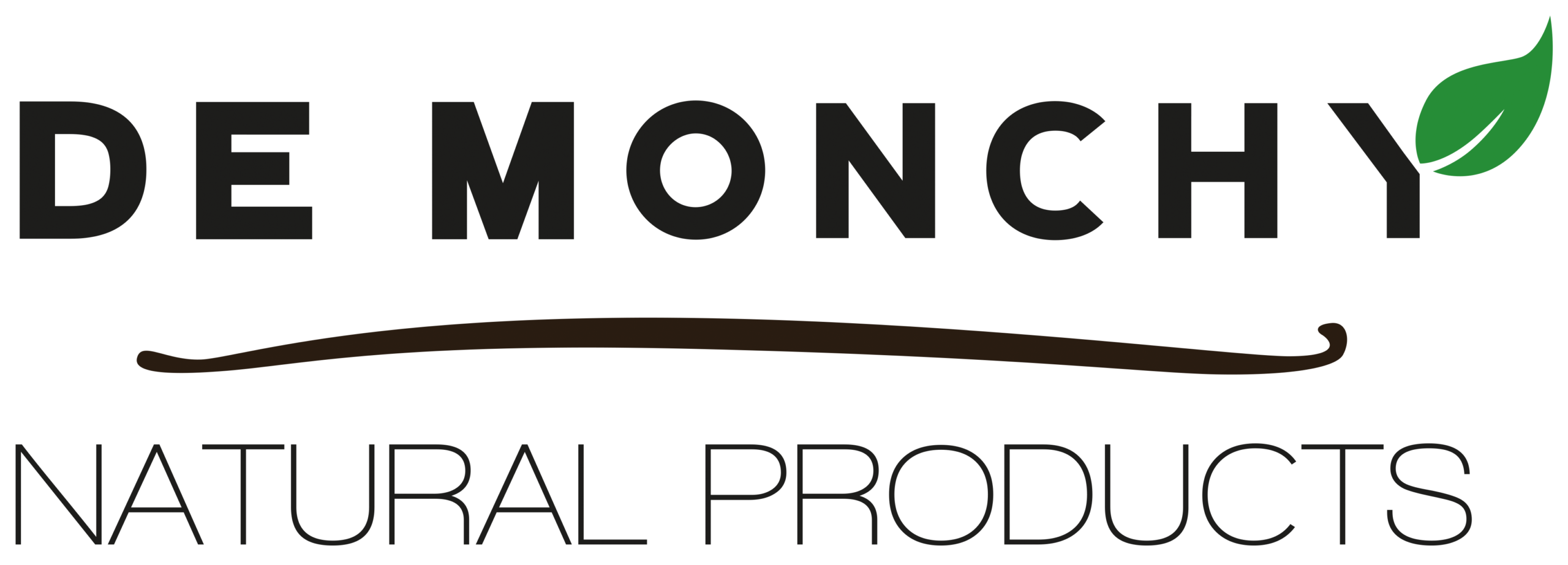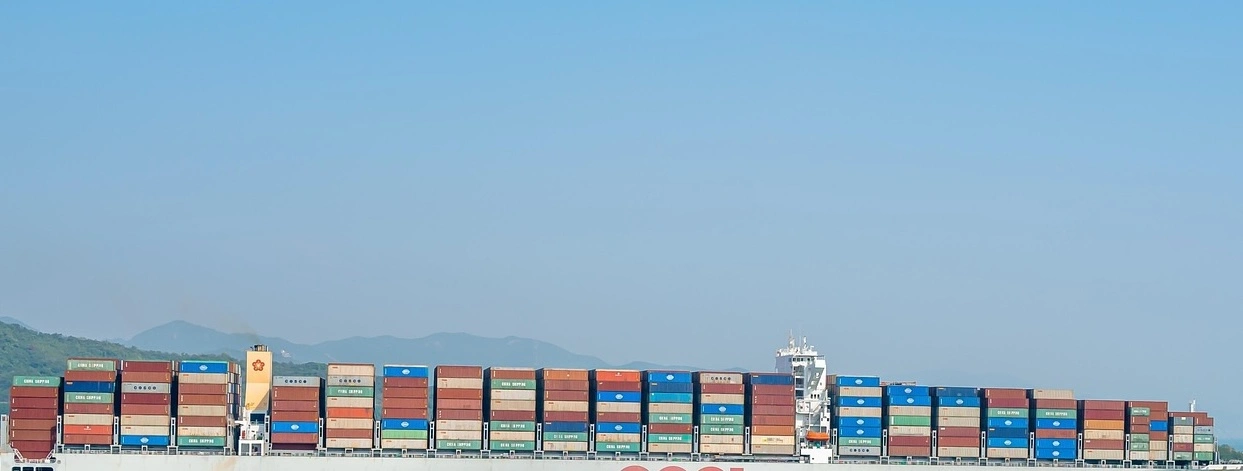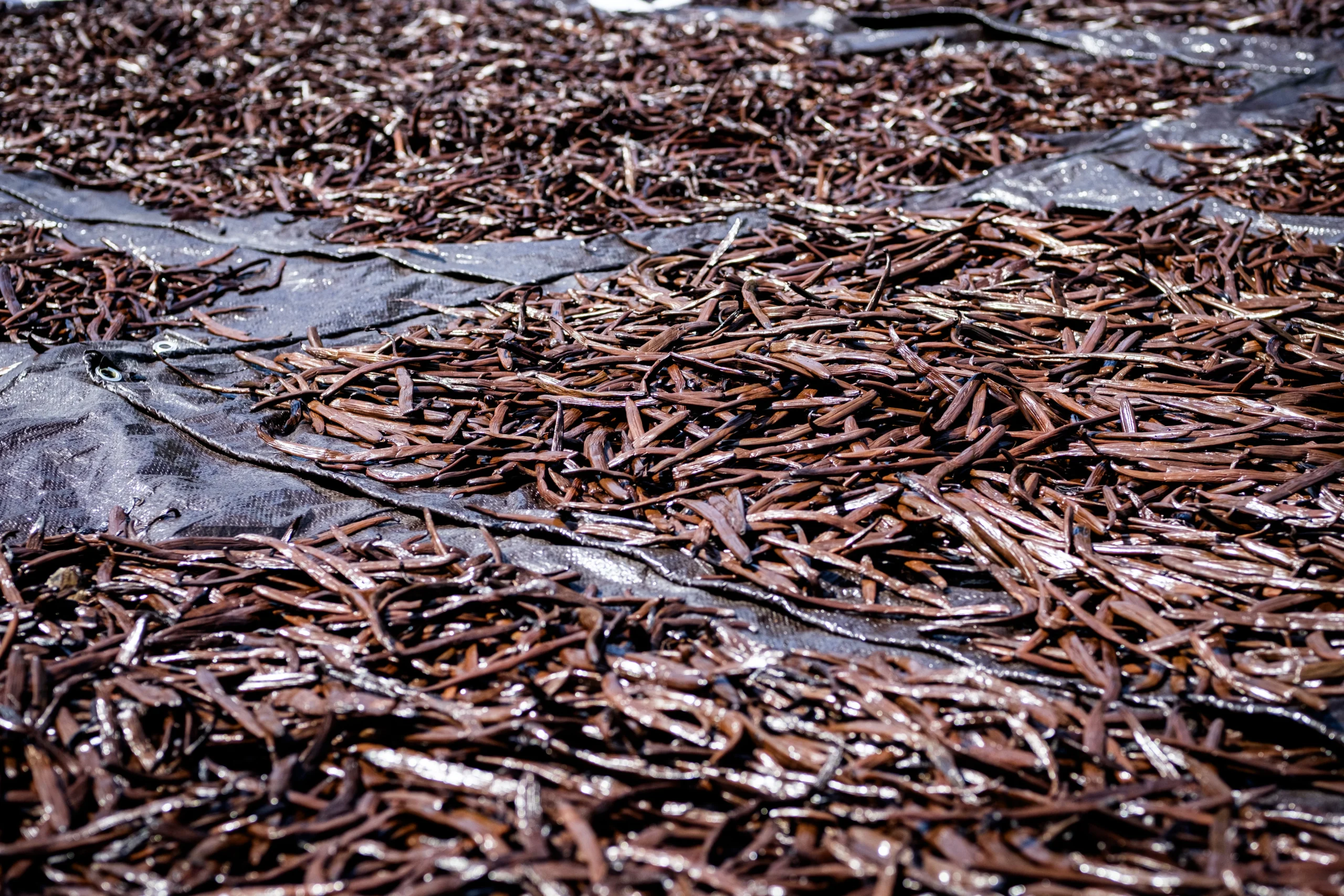Introduction : Vanilla native to Mexico
Discovery of manual pollination technique
Tlilxochitl - a complex name for a complex spice
Three main varieties of vanilla: Planifolia, Tahitensis and Pompona
Vanilla Origins
Origin plays a significant role in determining the unique flavor profile of cured vanilla
Madagascar
In Madagascar, the most common species of vanilla is Planifolia. The northeastern corner of this island is also where the majority of the world’s vanilla is produced. This humid region with the Indian Ocean at its coast, is known as the Sava. The combination of loamy, fertile soils and frequent rains makes the Sava an ideal location for the vanilla orchid to grow.
The vanilla from Madagascar is often referred to as Bourbon vanilla. This name originates from the old name given to a neighbouring island of Madagascar, namely Réunion island which was previously known as Île Bourbon. Today, vanilla originating from any of the islands in this specific region including the islands of Réunion, Madagascar, Mauritius, Comoros and the Seychelles, may be classified as Bourbon vanilla. Although by far the vast majority of Bourbon vanilla on the market comes from Madagascar.
Indonesia
Indonesia has a tropical climate. With high humidity, low winds and monsoonal rain falls, the archipelago and its topography allows for many kinds of plantations, including vanilla cultivation. Most of the vanilla found in Indonesia is from the variety called Planifolia and exhibit the typical Planifolia traits of being rich and creamy, but due to the specific climate, soil composition and the curing practices used in Indonesia, they also have a unique smokiness together with earthy undertones.
Indonesia does not only offer Planifolia vanilla, one can also find vanilla from the Tahitensis variety. This variety from Indonesia has a shorter shape, is more plump than vanilla Planifolia. It offers a delicate floral and fruity aroma with subtle notes of licorice.
Uganda
Papua New Guinea
Tahitensis vanilla beans from Papua New Guinea can easily be distinguished due to their extra dark black appearance. They are rich in oils with a very unique floral and spicy aroma – it is no wonder Tahitensis vanilla from Papua New Guinea is growing in popularity.
Download our product informations
We can share with you our product catalog and our sales will be happy to assist you further.
Please fill in the form to receive our product list.
- Certified
- Sustainable & Ethical
Cured vanilla - different forms of the raw material
Vanilla beans: Gourmet and Extraction
Vanilla beans, also known as vanilla pods, can directly be used for gourmet cooking and baking or for creating vanilla extract. Therefore, there are two main categories of vanilla beans classified by their moisture content and their appearance. One is more adapted to cooking recipes (Gourmet) whereas the other is mostly used for making vanilla extract (Extraction).
The beans with a higher moisture content are more suitable for gourmet cooking and home chefs, seeing as they can be cut open more easily to get to the vanilla seeds where most of the flavor resides. Gourmet vanilla beans can be identified as the more visually attractive of the two. They are plump, pliable and full of fresh vanilla caviar (the seeds of the vanilla plant). Due to a moisture level higher than the Extraction grade (around 30% or more), they are visibly oily and rich in vanillin concentration (vanillin being the compound in vanilla that is responsible for the unique taste and smell of the orchid).
On the other hand, Extraction vanilla beans are drier and less pliable. Within the Extraction category, there are various types of vanilla beans varying in moisture content, some are whole and some are split open, lastly there are cuts which are very dry and brittle. The choice of Extraction grade depends on the desired concentration of vanillin in the final result of the extract. Lower level of moisture helps to create a more concentrated vanilla flavor.
Vanilla Seeds: Caviar
When one wishes to purchase pure vanilla seeds, one should look for vanilla caviar.
Put simply, vanilla caviar is the name given to the black seeds found inside the vanilla pods. This is the part of the bean that contains the highest concentration of vanillin and therefore provides a powerful aroma.
Vanilla caviar should not be confused with vanilla powder. Vanilla powder consists of ground vanilla beans in its entirety – the pods and the caviar all together. Vanilla powder is not as high in vanillin when compared to the same amount of vanilla caviar due to the addition of the husks, although they can be used in similar applications.
Vanilla caviar should also not be confused with vanilla paste. Vanilla paste is mostly a mixture of ground vanilla beans or vanilla seeds with vanilla extract. Oftentimes, it is also sweetened.
The use of the above mentioned forms of vanilla all depends on the application. In general vanilla powder works well with dry ingredients, while vanilla paste is more suited to be mixed into liquids. When vanilla paste is sweetened, it is only suitable for sweet applications – desserts, chocolates and pastries. Vanilla caviar and vanilla powder is unsweetened and can be used for both sweet or savoury applications.
Spent or exhausted vanilla: reduce, reuse, recycle.
Interested in buying vanilla?
We can share with you our product catalog and our sales will be happy to assist you further.
Please fill in the form to receive our product list.
- Certified
- Sustainable & Ethical



